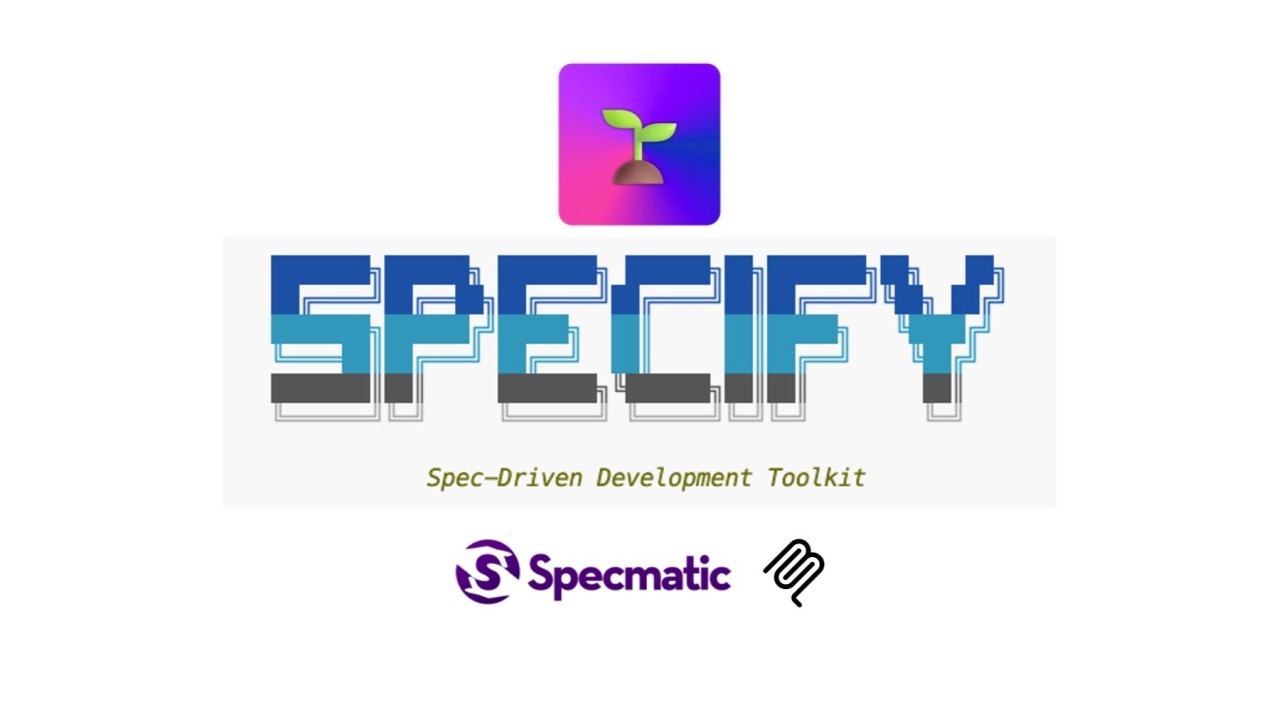on
Spec Driven Development: API Design First with GitHub Spec Kit and Specmatic MCP

Logos are property of their respective owners
This is a summary of the article originally published on LinkedIn.
Specification Driven Development (SDD) addresses the intent-versus-implementation gap in software development. Coming from an Extreme Programming (XP) background with TDD and fast feedback, SDD resonated as a way to capture intent upfront and leverage coding agents for implementation without deviating from original goals.
Key Takeaways
-
SDD captures intent before implementation — By creating specifications upfront, you avoid the “vibe coding” problem where implementations drift from original intentions, especially important when using coding agents that optimize for speed.
-
GitHub Spec Kit provides structured workflow phases — The tool guides development through four distinct phases:
/specify(create feature-level spec),/plan(generate OpenAPI spec as API contract),/tasks(break down implementation), andimplement(execute tasks). -
Specialized sub-agents handle different concerns — Using dedicated agents like api-mock-manager, api-resiliency-tester, contract-test-runner, openapi-spec-author, and ui-component-tester with MCP tools (Playwright MCP and Specmatic MCP) provides focused expertise for each development phase.
-
Three-phase strategy enables parallel development — Build backend independently using contract and resiliency testing with OpenAPI spec, build frontend independently with mock backend using the same spec, then integrate and test end-to-end, creating a true contract-driven workflow.
-
API contract at repo root evolves incrementally — Rather than co-locating specs per feature, maintaining a single evolving OpenAPI specification ensures consistency and prevents endpoint duplication across features.
Read the full article on LinkedIn →
Originally published on LinkedIn on September 9, 2025